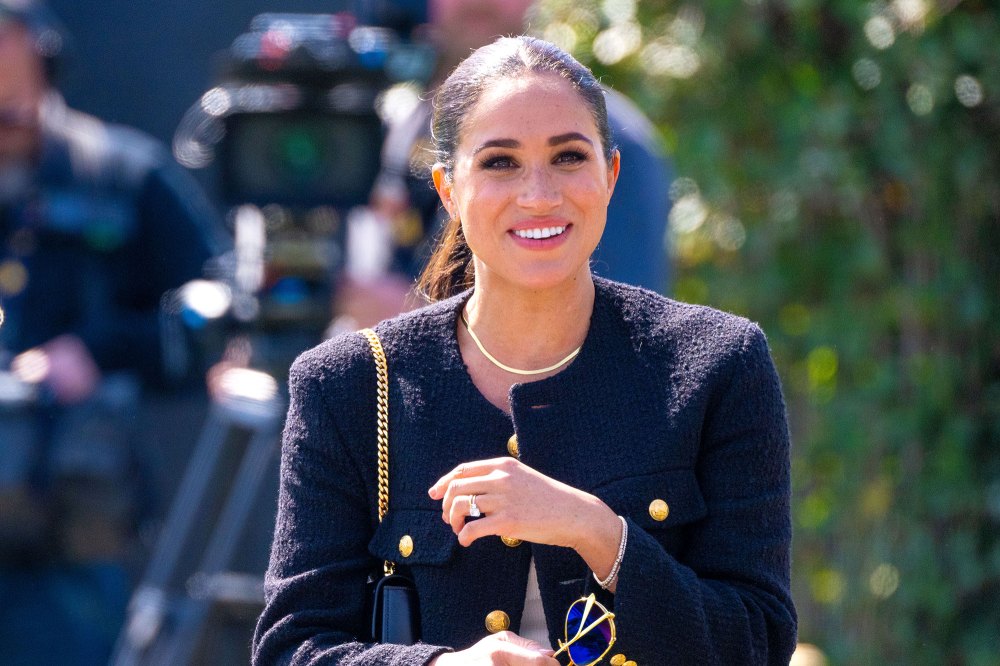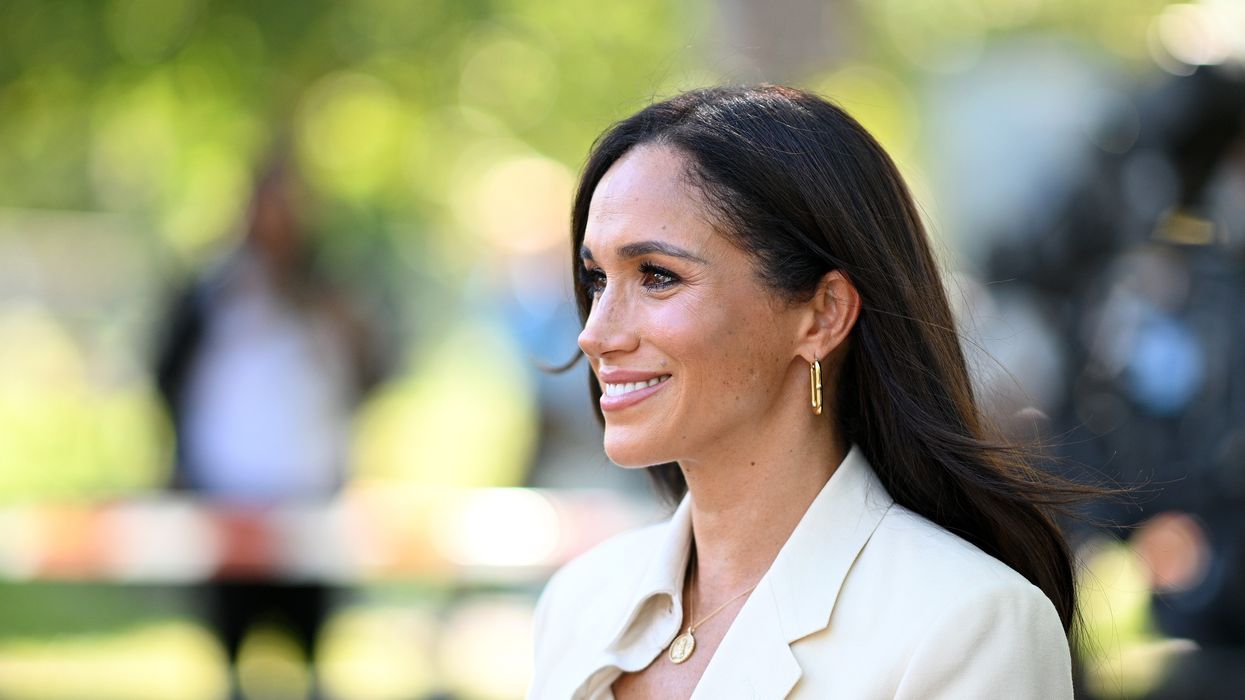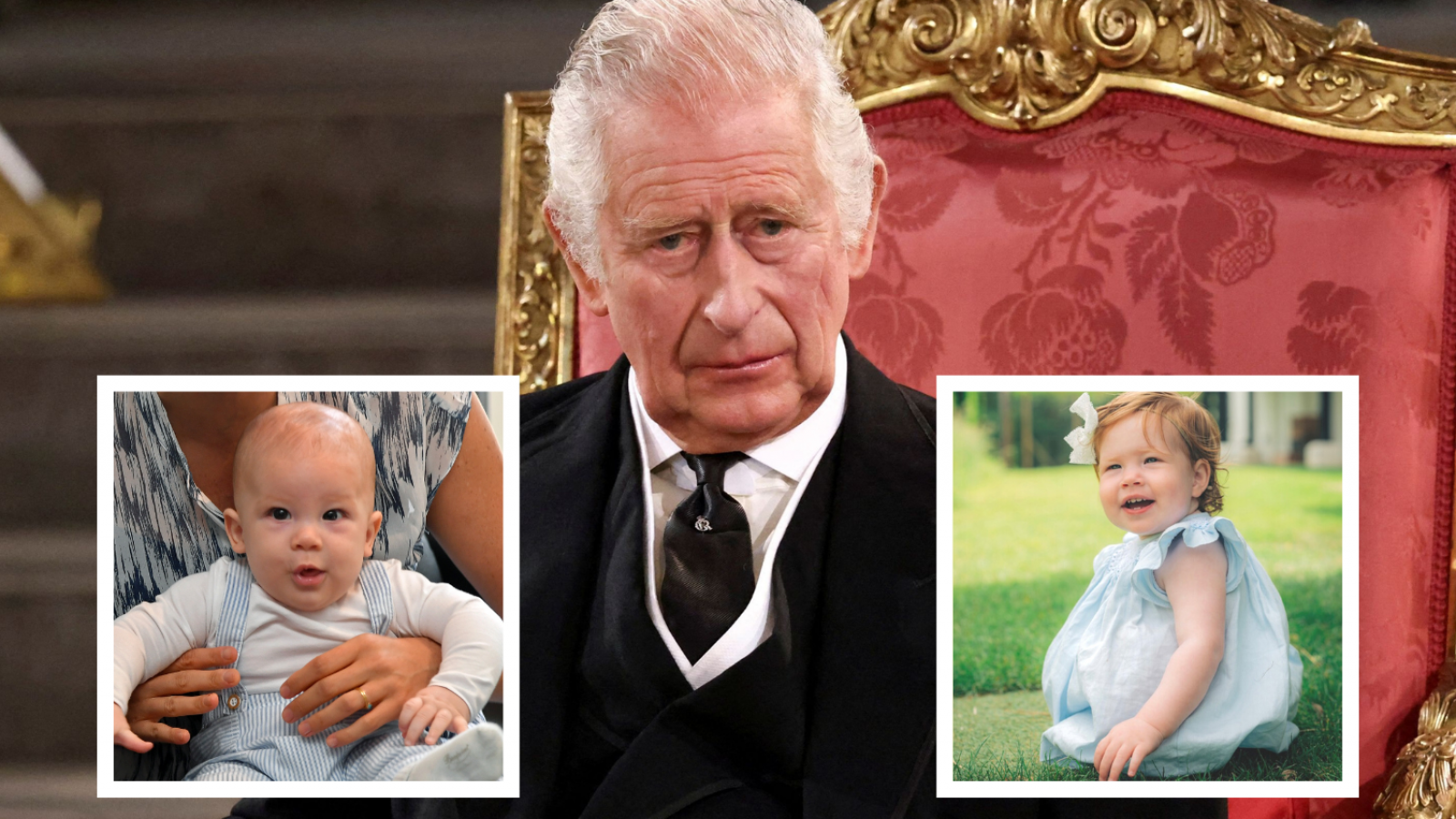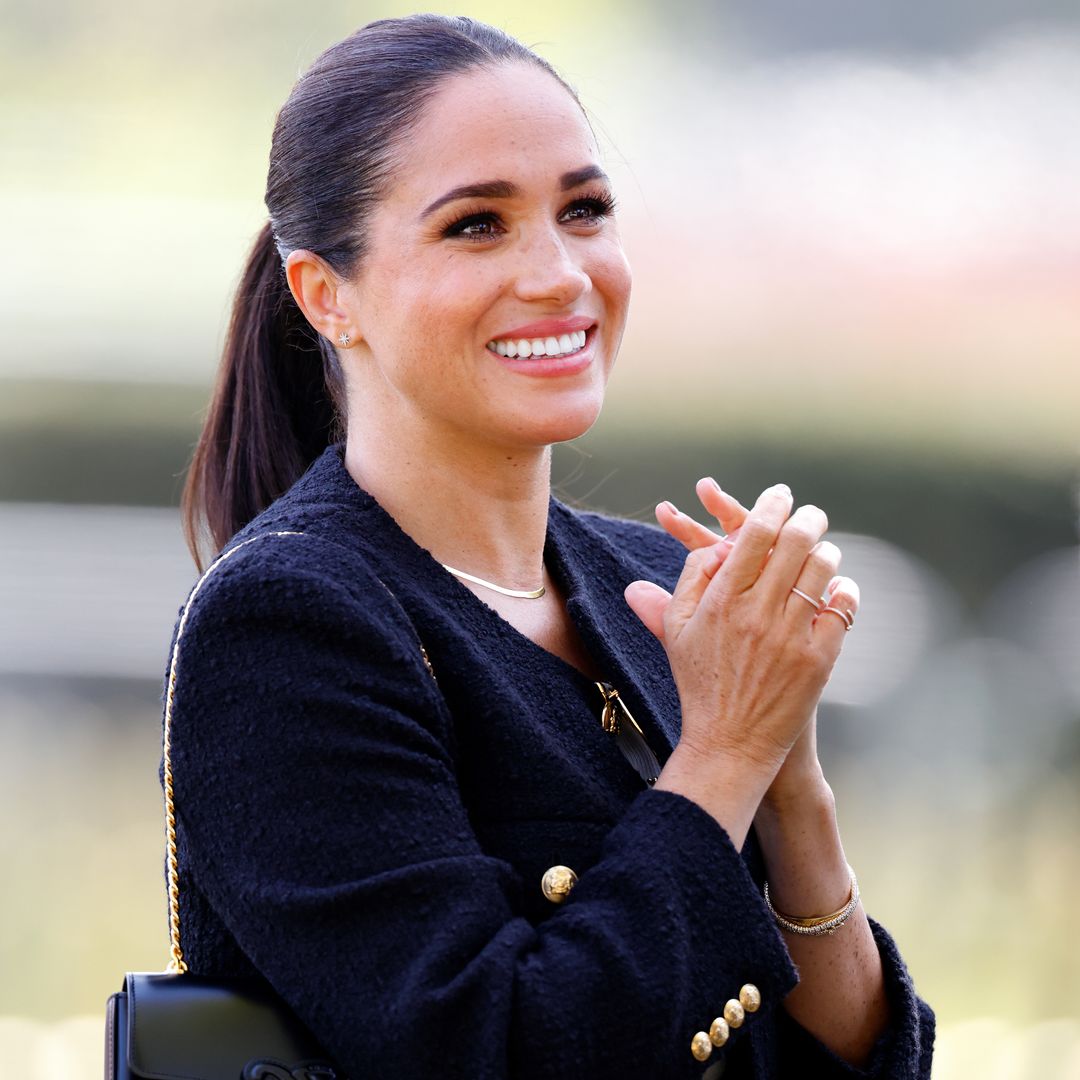Meghan Markle, the Duchess of Sussex, has consistently been a subject of public interest since her marriage to Prince Harry in 2018. From her career in acting to her transition into royal life, Meghan has maintained a unique and influential presence in both media and philanthropy. Recently, her decision to fully embrace the Sussex title has reignited discussions about her connection to the British royal family and what it means for the future of the Sussexes.
Meghan Markle’s Use of the ‘Sussex’ Name
In recent public appearances and projects, Meghan has been referred to as “Meghan Sussex.” This aligns with the long-standing royal tradition of using territorial designations as surnames. Historically, members of the royal family have been associated with their titles in this way—Prince William and Prince Harry were once known as William Wales and Harry Wales, in reference to their father’s title, the Prince of Wales.
During her Netflix series With Love, Meghan, she publicly expressed a connection to the Sussex name, stating, “It’s our shared name as a family, and I guess I hadn’t recognized how meaningful that would be to me until we had children.” This statement has sparked discussions about the evolving role of the Duke and Duchess of Sussex within the royal family structure.

The Royal Family’s Naming Traditions
The British monarchy has a distinct approach to names and titles. Unlike common surnames, royal family members typically go by their first names, with their official title serving as an identifier. The decision to use “Sussex” reflects a continuation of these traditions while also reinforcing Meghan and Harry’s identity as a family unit.
When Queen Elizabeth II bestowed the title of Duke and Duchess of Sussex upon Harry and Meghan at their wedding, it marked their official integration into the senior ranks of the monarchy. While their decision to step back from royal duties in 2020 shifted their role within the institution, their titles remain a formal acknowledgment of their connection to the royal family.

Titles of Archie and Lilibet: A Symbolic Continuation
Following King Charles III’s accession to the throne, Prince Harry and Meghan’s children, Archie and Lilibet, received the titles of Prince and Princess. This means their full names are now Prince Archie of Sussex and Princess Lilibet of Sussex. Their use of the Sussex title aligns with royal naming customs, emphasizing their family heritage.
This development also reaffirms the family’s ongoing connection to their royal lineage, even as they build an independent life in the United States. While the Sussexes have stepped away from day-to-day royal engagements, their titles remain an important part of their public identity.

Public and Media Perception of the Sussex Name
The public reaction to Meghan Markle’s adoption of “Sussex” as a surname has been varied. Supporters see it as a meaningful way to maintain her royal identity while balancing her independent ventures. Others speculate about the broader implications of this choice and what it signals about the Sussexes’ relationship with the monarchy.
Some royal analysts suggest that this move reflects a sense of continuity and tradition, even as Meghan and Harry establish their roles outside the royal fold. Others believe it could indicate a desire to maintain a strong connection to their royal heritage while focusing on global initiatives.
Royal expert Phil Dampier has noted that while certain factions within the monarchy might have concerns about the public emphasis on the title, King Charles is unlikely to revoke it. His approach has been one of balance, maintaining royal traditions while allowing family members to carve their own paths.

Professional Branding and the Sussex Identity
Meghan and Harry have consistently incorporated the Sussex name into their projects and public endeavors. Their non-profit organization, Archewell, frequently refers to them as The Duke and Duchess of Sussex in official communications. Additionally, Meghan’s close friend Lindsay Jill Roth used the surname in a book dedication, writing, “To my dear friend Meghan, Sussex.”
Using the Sussex name in public-facing work aligns with their brand as a couple committed to humanitarian efforts, media projects, and advocacy work. Their continued association with the title helps them maintain a recognizable identity while engaging in initiatives focused on mental health, gender equality, and media integrity.

What This Means for Meghan and Harry’s Future
As the monarchy continues to evolve under King Charles III, questions remain about Meghan and Harry’s role within the institution. While they no longer carry out official royal duties, their ties to the royal family remain intact through their titles and family connections.
The use of “Sussex” as a surname may indicate a long-term strategy to balance their personal ambitions with their royal heritage. It allows them to maintain a sense of continuity while also reinforcing their independence as they continue their work in media, philanthropy, and business.

Conclusion: A New Chapter for the Sussexes
Meghan Markle’s choice to embrace the Sussex title is a reflection of both tradition and modern identity. While her and Harry’s path has diverged from traditional royal duties, their connection to the royal family remains significant.
By incorporating the Sussex name into their work and public appearances, Meghan and Harry continue to shape their legacy as a couple dedicated to positive change. Whether through philanthropy, storytelling, or advocacy, their influence extends beyond their royal titles, making them key figures in discussions on social impact and leadership.
As time goes on, the role of the Duke and Duchess of Sussex in the royal landscape may continue to evolve. However, one thing remains clear: their identity as the Sussexes is here to stay, and it will continue to shape their journey moving forward.
